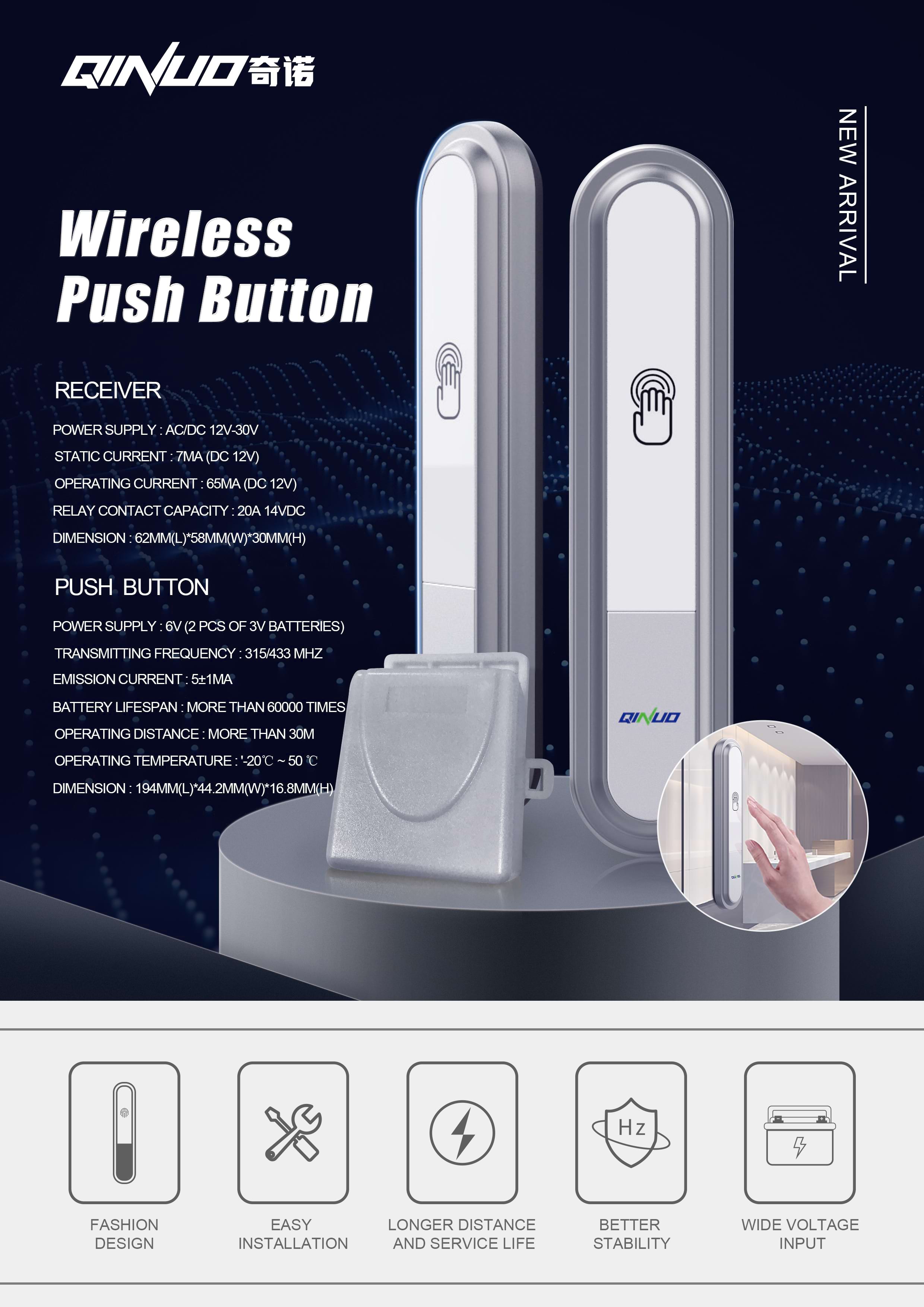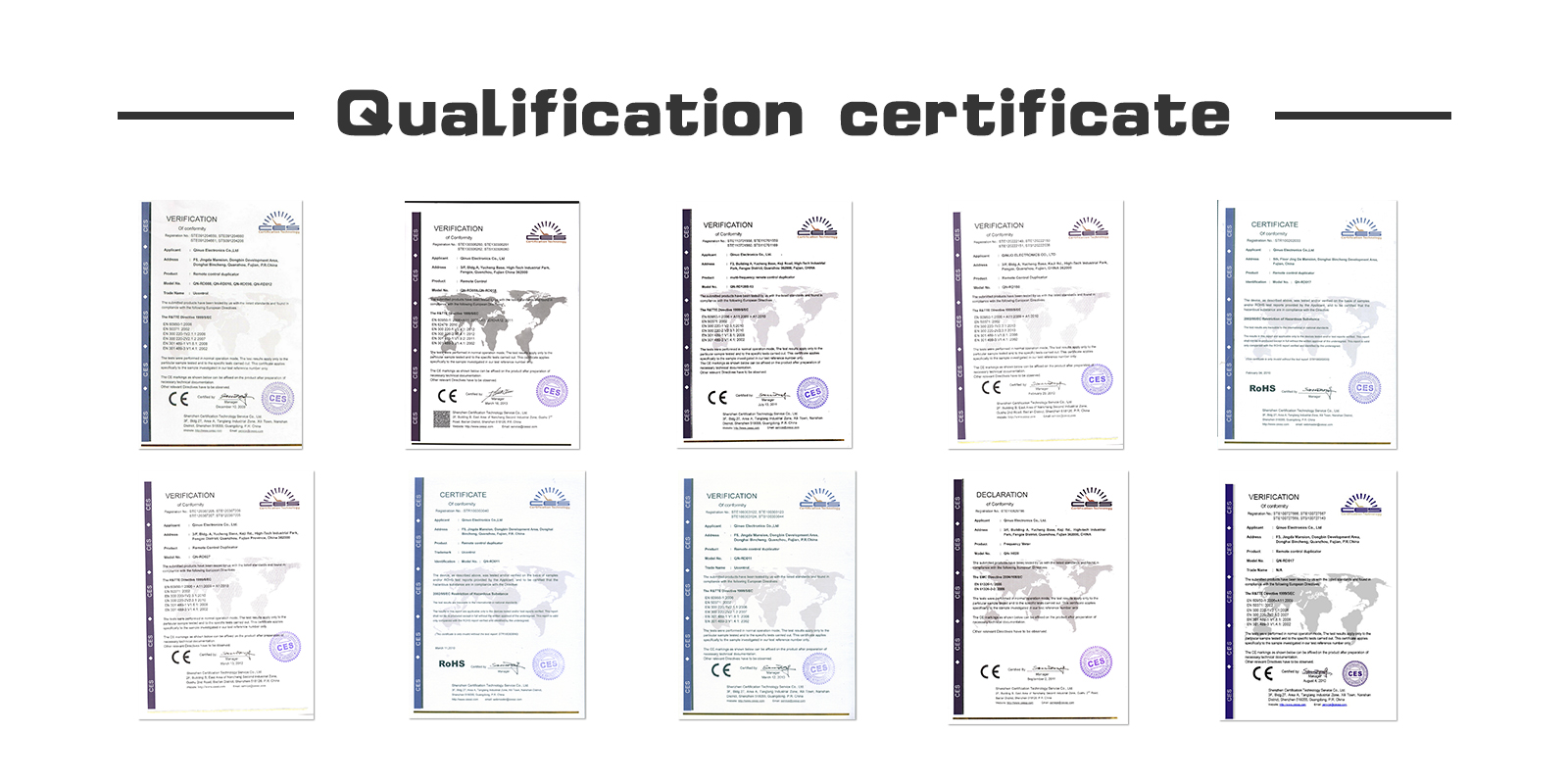In the realm of modern technology, wireless solutions have become increasingly prevalent, revolutionizing various aspects of our daily lives. From wireless charging to smart home systems, the convenience and efficiency they offer are undeniable. One area where wireless technology is making significant strides is in push buttons, commonly used for applications such as doorbell systems, industrial machinery, and building automation. In this article, we will explore whether wireless push buttons offer any energy-saving benefits in comparison to their wired counterparts.

Understanding Wireless Push Buttons
Wireless push buttons are devices that transmit signals, such as commands or requests, without the need for physical wires or cables. They typically consist of a button or switch that, when pressed, sends a wireless signal to a receiver or control unit, which then carries out a specific action or task. Wired push buttons, on the other hand, are connected to their destination by physical wires or cables, with the electrical signal traveling through these connections.
Energy Efficiency of Wireless Push Buttons
Wireless push buttons can offer several energy-saving benefits when compared to wired alternatives:
1. Reduced Installation and Maintenance Costs: The installation of wired push buttons can be labor-intensive and costly, requiring the routing and connection of wires throughout a building or system. In contrast, wireless push buttons are easier and less expensive to install, as they eliminate the need for extensive wiring. This translates to energy savings not only in the installation phase but also in reduced maintenance costs over time.
2. Lower Power Consumption: Wireless push buttons are designed to be energy-efficient. They often use battery power, which can last for a significant amount of time before replacement or recharging is necessary. The low power consumption of these buttons contributes to energy savings, particularly in applications that run 24/7, such as industrial machinery.
3. Scalability and Flexibility: Wireless push buttons offer greater flexibility and scalability, making it easier to adapt and expand systems as needed. Wired alternatives may require additional wiring and power distribution, which can consume more energy during installation and ongoing use.
4. Reduced Standby Power Consumption: Some wireless push button systems are designed to enter a low-power or standby mode when not in use. This further conserves energy, as the buttons draw minimal power when idle, unlike wired systems that may consume a continuous supply of electricity.
5. Quick Deployment: Wireless push buttons can be deployed quickly and easily, which is advantageous in temporary or rapidly changing environments. In such cases, the rapid setup and dismantling of systems can help minimize energy use and reduce associated costs.
Considerations and Limitations
While wireless push buttons offer energy-saving benefits, they are not without limitations. Their energy efficiency depends on factors such as the quality of the wireless technology, the type of batteries used, and the frequency of button presses. Additionally, the choice between wired and wireless push buttons should take into account the specific requirements of the application and the trade-offs in terms of cost, convenience, and energy savings.
Conclusion
Wireless push buttons do indeed offer energy-saving benefits in comparison to their wired counterparts. Their lower installation and maintenance costs, reduced power consumption, scalability, flexibility, and standby power conservation make them a viable option for various applications. However, the decision to use wireless push buttons should be based on a thorough assessment of the specific needs and constraints of the given system or application. In many cases, the advantages of wireless technology not only enhance energy efficiency but also contribute to increased convenience and adaptability in a rapidly evolving technological landscape.

-
Office ViewQinuo Electronics Co., Ltd.was founded in 2009,it is a high-tech company that integrated R & D, manufacturing, sales and service for 15 years,which is mainly specialized in providing sensors of automatic door, control system of door and gate, car key remote, auto parts etc. The company currently has four independent brands: U-CONTROL, U-SENSORS, U-AUTOGATES and U-AUTOKEYS.
-
got questions? call us
+86 13960286508
-
fax :
+86 595 22901208 -
Email :
[email protected]
-
address
- No.991 Xingxiu Road,Taiwanese Investment Zone, Quanzhou, Fujian Province,P.R.China











